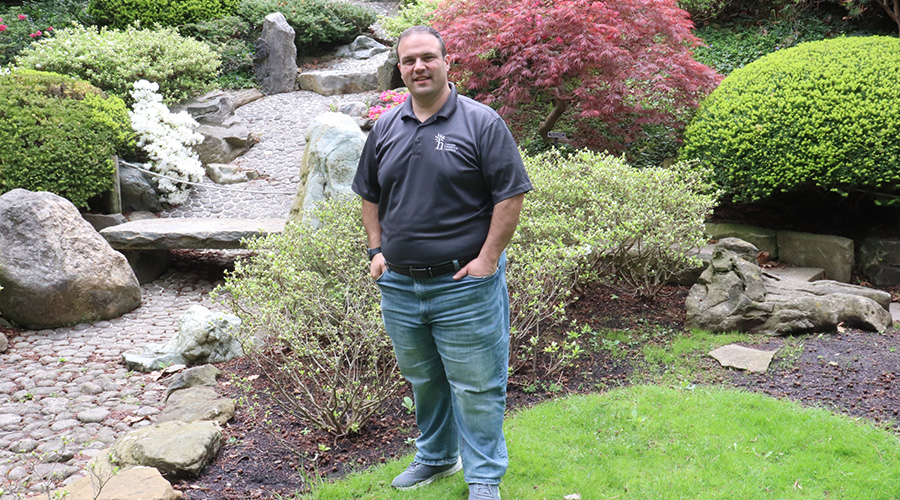ISO: Localized Nature of Renewable Energy Requires Transmission System Changes
Expanding California’s use of renewable energy sources will require an upgraded transmission network, according to a recent filing with the Federal Energy Regulatory Commission (FERC).
Expanding California’s use of renewable energy sources will require an upgraded transmission network, according to a recent filing with the Federal Energy Regulatory Commission (FERC).
The California Independent System Operator Corporation (California ISO) has filed a petition for a Declaratory Order with FERC on a policy to facilitate financing and construction of transmission facilities necessary for efficient development of renewable energy resources in remote locations.
Wind turbines, solar plants, and geothermal plants are potential sources of renewable energy, but California’s existing high-voltage transmission lines may not reach those remote areas where thousands of megawatts in renewable -generating plants need to be built, says the ISO.
Currently, the ISO can approve two categories of transmission projects: “network” facilities that add to the overall grid or “generation ties”, transmission lines built solely to connect a new generator to the grid. The cost of network facilities is spread among the loads that benefit from the project while generators pay the full cost for the tie line projects, says the ISO. However, as more and more wind, solar and geothermal generation is developed in California, new transmission projects are needed to access remote locations that have large renewable energy resources, which could be developed in multiple projects over a period of years.
The availability of this energy could help California achieve its goal of obtaining 20 percent of the electricity provided to California consumers from renewable energy resources by 2010, according to the California Energy Commission and California Public Utilities Commission.
“This new proposal, seeks policy guidance from FERC about eventual tariff changes that will remove a market barrier that keeps valuable carbon-free resources from accessing the transmission grid and becoming a growing part of utilities and other load serving entities energy supplies,” says Mason Willrich, California ISO Board Chair.
The California ISO proposal calls for the initial costs of these transmission projects to be paid by the transmission owners and recouped through the California ISO Transmission Access Charge (TAC). Generators that connect to the grid via the new lines will pay a pro-rated share of the costs based on the amount of capacity they need. This allows small wind, solar, and geothermal generating companies to spend their capital building generators and start paying their fair share for efficiently sized transmission facilities after generation begins operation, as opposed to forcing the first power plant developer in a given region to shoulder all of the transmission costs up front, says the ISO.
Related Topics:











